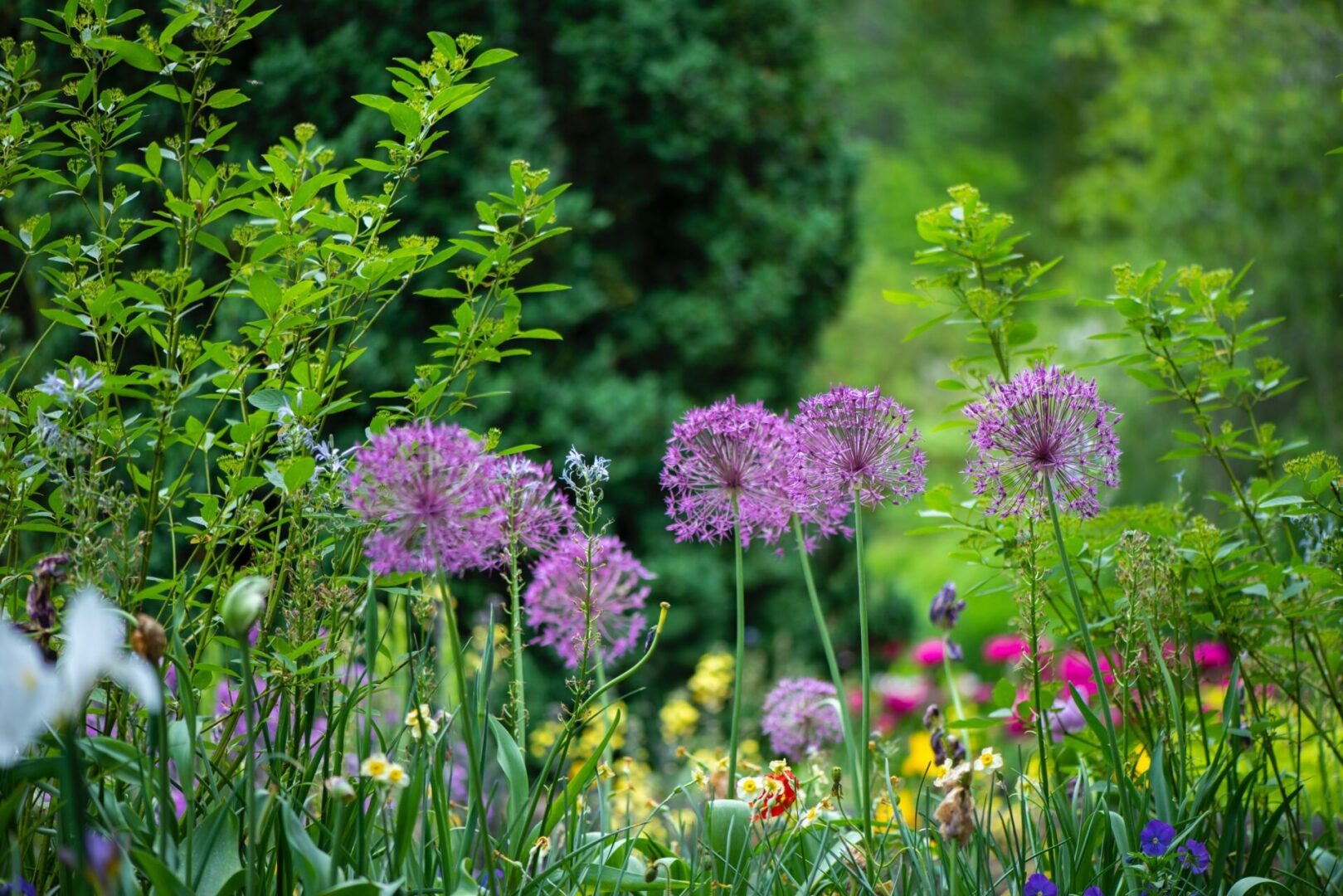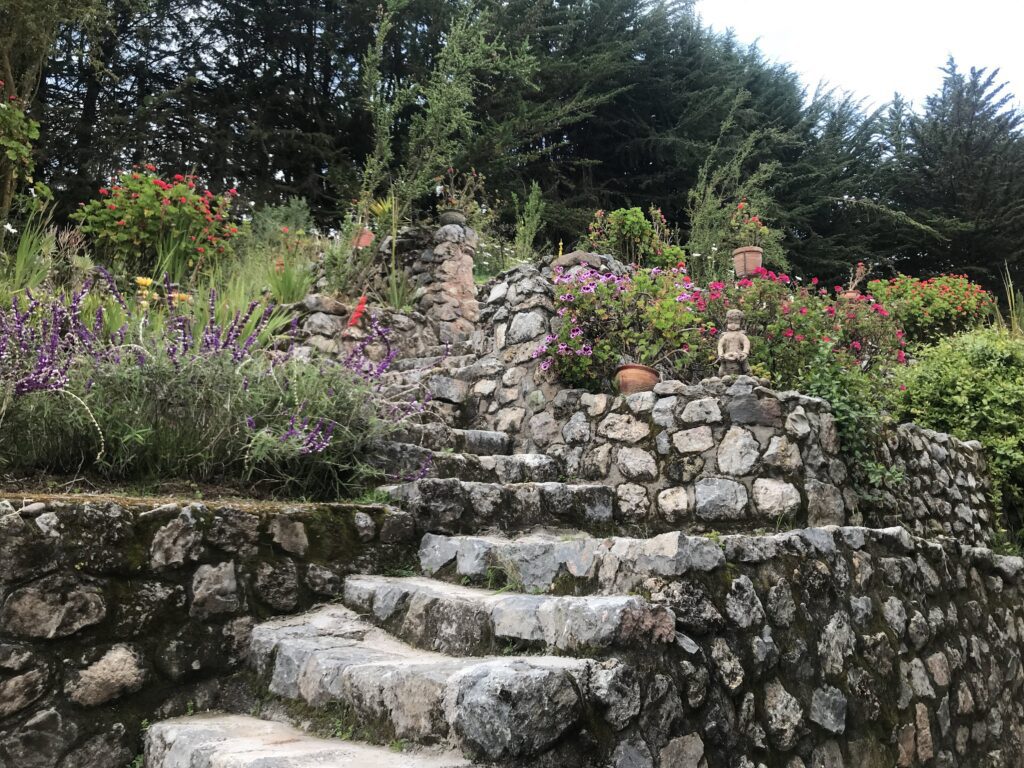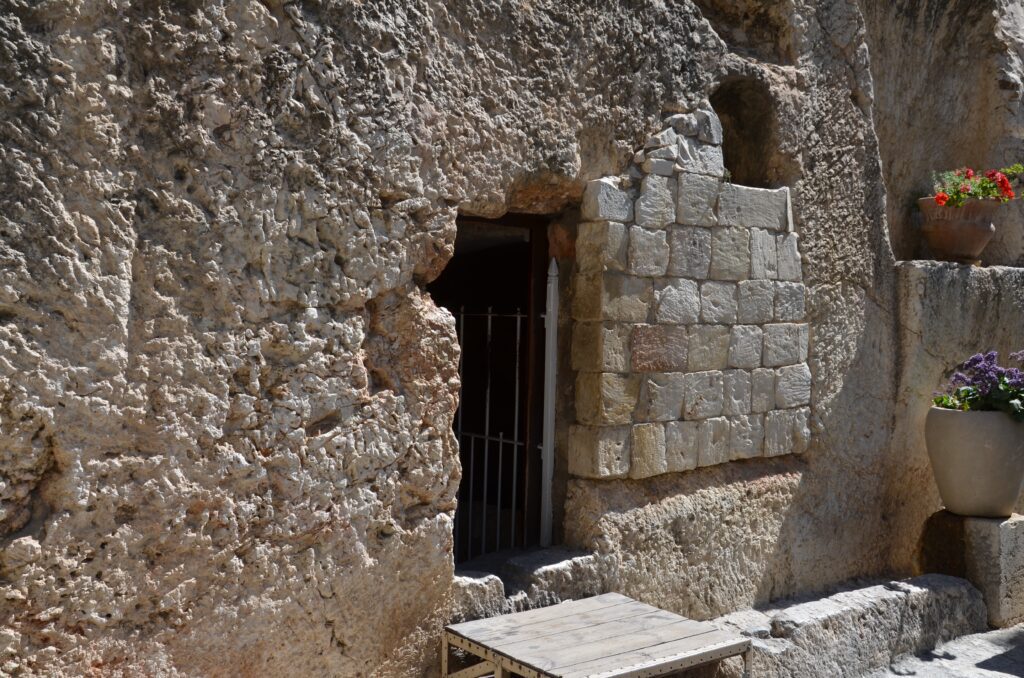
In the Garden
With the recent celebration of Easter, I was reminded of the significance of gardens. Gardens served as an important setting in the Bible, providing the backdrop in at least 54 verses. Whenever I hear the word “garden,†I am reminded of the beloved hymn “In the Garden.â€
I come to the garden alone
While the dew is still on the roses
And the voice I hear falling on my ear
The Son of God discloses.
And He walks with me
And He talks with me
And He tells me I am his own
And the joy we share as we tarry there
None other has ever known.
Solomon’s Garden, described in the Song of Solomon, paints a picture of a biblical garden. One might expect a royal garden to have fruit trees, nut trees, vineyards, flowers, herbs, plants, and animals, but one might not expect to see apes and peacocks (Song of Solomon 10:22)! A biblical garden typically had walled enclosures, water canals, and fountains.
The Garden of God’s Creation
The very first garden was the Garden of Eden. Genesis 2:8-9 tells us that the Lord planted a garden in Eden, where He placed His creations of man and woman. God walked about the garden “in the cool of the evening†(Genesis 3:8). All sorts of beautiful trees grew and produced delicious fruit. In the middle of the garden, God placed the Tree of Life and the Tree of the Knowledge of Good and Evil. Adam and Eve were given the responsibility of tending the garden and the animals that lived within it.

The Garden of Eden became tainted with betrayal, however, and was eventually destroyed in the Great Flood. The setting changes from a peaceful one to one where sin entered the world, separating man from his Creator. The relationship with God was broken with the betrayal of Adam and Eve by the serpent. Their disobedience to God’s command to refrain from eating the fruit from the Tree of Knowledge of Good and Evil caused them to fall from grace.
But God made a way for man to return through His Son, Jesus Christ.
For their own good, Adam and Eve were banished from their garden home, removing them from any temptation to eat from the Tree of Life. Cherubim were placed to guard the east entrance, and “a flaming sword that flashed back and forth guarded the way to the tree of life†(Genesis 3:24b).
The Garden of Suffering
The second biblical garden is the Garden of Gethsemane. God’s reconciliation to man through Jesus unfolds here. The Garden of Gethsemane was a place where Jesus likely came with His disciples to pray. This time, though, Jesus’ prayer was one of agony: “Not my will, but Thine be done.†His suffering was intense as He would take on the judgment for all mankind.
Gethsemane means “olive press.†How appropriate that Jesus would choose to pray in this garden as the sin of the world pressed down upon Him. The separation of man from God was one thing in the Garden of Eden, but this was an unbearable separation of the Father (God) from His Son (Jesus).
Betrayal occurs again in this garden. This time it’s from one of Jesus’ disciples. With a kiss, Judas betrays the One he has been following. An arrest is made, and sentencing is doled out: death by crucifixion.
The Garden of Victory

“Now in the place where He was crucified there was a garden, and in the garden a new tomb in which no one had yet been laid†(John 19:41). This is the Garden near Golgotha, also called the Garden of the Empty Tomb. Jesus’ body was placed in this tomb in a garden. How fitting. As we know, Jesus was only there for three days. Mary Magdalene finds the tomb empty and mistakes the risen Christ for the gardener. Death is conquered. Jesus is alive! His victory spreads throughout the land . . . and the world.
The Garden of Eternal Life
The last garden we consider is Paradise. It is a Heavenly Garden with eternal significance. “Paradise†means garden of delight. Pain, tears, death, and sorrow do not exist in this garden that sparkles with gemstones and gold. “To everyone who is victorious I will give fruit from the tree of life in the paradise of God†(Revelation 22:2). Eden is restored. We hear about the Tree of Life again from the first garden.
The Tree of Life produces twelve kinds of fruit according to each month of the year. I love that. We are invited to eat from the Tree of Life in Paradise, where we will live with the Father, Son, and Holy Spirit forever. There will be no flaming sword as in the Garden of Eden, and the leaves of the tree will contain properties to heal the nations.
I can’t wait to live in Paradise, where the Son of God will walk and talk with me, sharing joy as none other has ever known.
6 Comments
Leave a Comment
Follow This Blog
Ewe R Blessed Ministries / Karen O. Allen

It was interesting to learn about the three gardens, especially the third one!
Thanks. I learned something, too!
Just a quick note to let you know I enjoyed reading this edition about biblical gardens. Well done!
(This comment was made by reader David Brown.) Thanks, David.
Sometimes I too find myself longing for that “upward call in Christ.” I look forward to living in that garden eternal. When I start to do that, I remind myself that my eternity started that fall evening when I first accepted Christ. I’m already a citizen of that eternal garden and now I’m just waiting to be brought home. So excited to see so many of you there with me my sweet friend and sister-in-Christ. Yet, I remind myself that my work is not yet finished because His work in me is not yet finished. Until the day…
Whether on earth or in heaven, I find rest and comfort in a garden. I enjoy imagining what Paradise will be like and walking with Christ in the cool of the day.